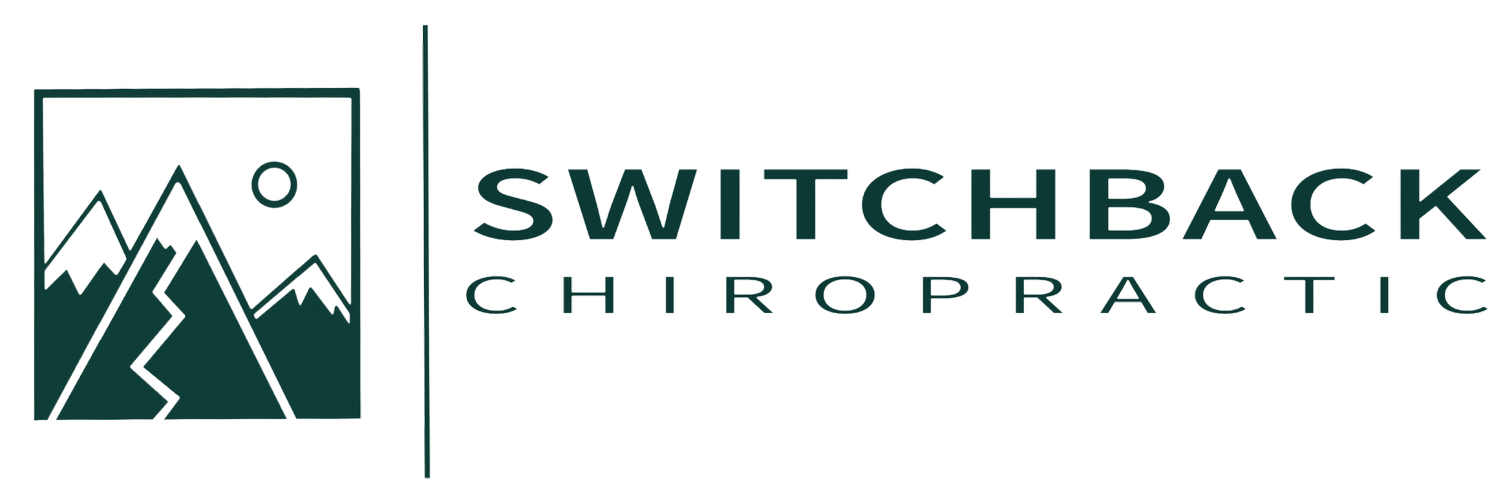Stiff and Sore Ankle Assessment and Treatment
Old Injuries.
Ankles are commonly an area of recurrent injury. After multiple sprains and strains, the soft tissue around the ankle begins to become stiff. This leads to a range of motion loss and can lead to all sorts of problems upstream with the knee or hip.
Do I need to improve ankle mobility?
You are able to assess where your ankle dorsiflexion on your own. All you need is a wall. Start with your toes about an inch from the wall and see if you can tap the wall with your knee (this should be fairly easy). Then continue to move the foot away from the wall and glide your knee forward to tap the wall. Once you reach the point where your heel begins to lift off the ground you have your baseline. The further away from the wall your foot is when you finish, the more ankle dorsiflexion you have. If you didn’t make it at lease 2 inches, it would be a good idea to work some ankle mobility into a workout routine.
Ankle Adjustments Are Key.
Sometimes soft tissue stretches are not enough. Sometimes the ankle joint itself needs to be adjusted. This type of joint is supposed to have a combined motion of a hinge and a translation. The type of adjustment shown in this video helps reintroduce a coupled motion effect that typically is lost in ankles with limited dorsiflexion. In this case, a board athlete needs the ability to flex the ankle to be stable on a feature like a rail.
There is more to come on this topic in the future. If you enjoyed this, share it with a friend that may need this type of care!

